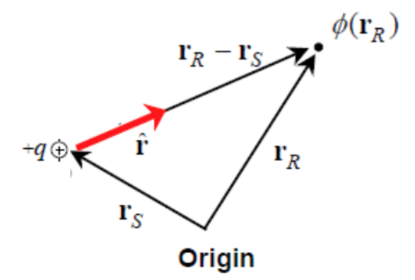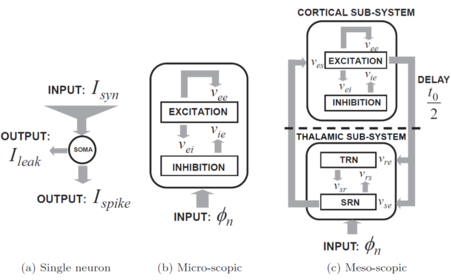Master Neural information processing Fichas sobre Neural L19 - 22, creado por Jaber Rising el 31/10/2015.
Pineado a
4
0
0
Sin etiquetas
|
|
Creado por Jaber Rising
hace alrededor de 9 años
|
|
Cerrar
|
|
Creado por Jaber Rising
hace alrededor de 9 años
|
|

What is EEG?
EEG measurement
EEG measurement
Typical signal
EEG measurement
EEG can be measured from
EEG measurement
The electrodes must be
EEG waveforms: Normal Awake
EEG waveforms: Standardising
EEG is so varied that it defies standardisation. However, some common frequency ranges have been defined for reference:
Artefact
Other sources contribute to the EEG measurement. This is known as artefact.
Uses of EEG
Currents exist in the brain because of
Electric fields of the brain
The flow of ions into and out of neurons generate charge differences in the CSF that cause currents that can be measured by the EEG.
Cell membranes are highly resistive and currents within the cell DO NOT contribute to the EEG.
Electric fields of the brain
Electric fields in the brain are caused by
Single Charges

Single Charges
Electric potential (voltage) is related to electric field as
Many charges
The total electric potential generated by many charges is dictated by the principle of superposition, that is, the sum
of all charges.
When there are only two charges, known as a dipole, this equation simplifies to
Because the measurement of EEG is far from the sources, a volume containing many charges can be
Equivalent Current Dipoles
For equivalent electric dipoles we still need to know a rough
distribution of all charges in the brain. This is difficult!
MACROSCOPIC PITENTIALS
(HOMOGENOUS MEDIUM)
G ( rS , rR ) is known as the
Macroscopic Potentials
(Inhomogeneous medium)
The human head is NOT
homogeneous.
Simplifications
Parallel dipoles generate potentials much larger than dipoles that are randomly oriented.
If you have N parallel dipoles, you need N^2
randomly oriented ones to generate the same field.
Simplifications
In the brain, the neurons in the cortex are aligned and often large areas are activated together.
Simplifications
Resulting model of EEG measurement
Synchronicity
Synchronous dipoles, that is, dipoles activated in unison, generate potentials much larger than dipoles that asynchronous.
If you have N synchronously active dipoles, you need N2 asynchronous ones to generate the same field.
Macroscopic EEG
Using this model, simulations show that the measured voltages are affected by large areas of cortex.
Nearby dipoles affect the EEG more than far away ones.
Macroscopic EEG
In reality all recordings are bipolar. Larger areas are involved.
Even before re-referencing, voltages are measured between two points. The reference electrode normally used is on top of the head.
MACROSCOPIC EEG
Because large areas affect the EEG, a large measurement of EEG can be equally generated by
SUMMARY
• The EEG is a measurement of the average activity of a relatively large area of cortex that contains up to billions of neurons.
• The EEG usually contains artefact, which can be caused by many different sources.
• The EEG is very useful in the diagnosis, treatment, and research of disorders such as epilepsy.
Meso-scopic Models
modelling the brain
Simplifications are required:
The Cortical Column

Phenomenological Models
Phenomenology:
Pyramidal neurons
A cortical column is modelled as
A Model of a Column
Even this rather simple system is very difficult to analyse. The complications are:
Analysis of the column Model
Linearise the Model
Linearisation is
Linear systems are much easier to analyse.
OPERATING POINT
The linearised model is a good
The linearised model
Transfer function, Input and Output.
The linearised Model
The overall system transfer function is:
Analysing Stability
We can use the linear system transfer function to analyse stability.
This is done by finding the poles of the system.
Examples of systems shows stability
Examples of systems shows stability
Analysing Stability
The system can be reduced to a three co-ordinate system:
Analysing Stability
Using the three co-ordinate system, the boundaries of stability can be found.
Analysing Stability
The behaviour of the model can be analysed by studying how parameters affect the simulated EEG and comparing to experimentally recorded EEGs.
Hebbian learning is a rule where a synapse is strengthened if pre- and postsynaptic neurons are
Spike-Timing Dependent Plasticity
(STDP)
STDP Learning Rule

 Ocultar las fichas que te sabes
Ocultar las fichas que te sabes